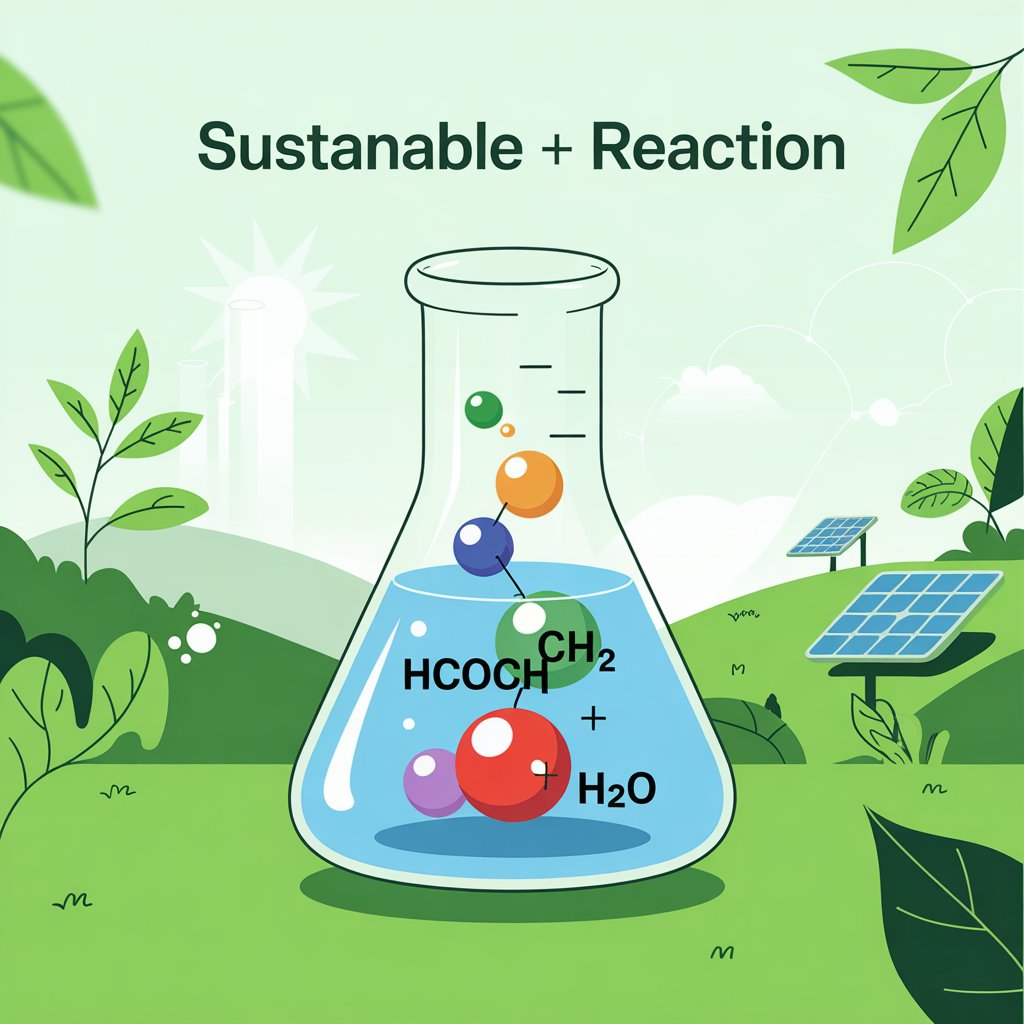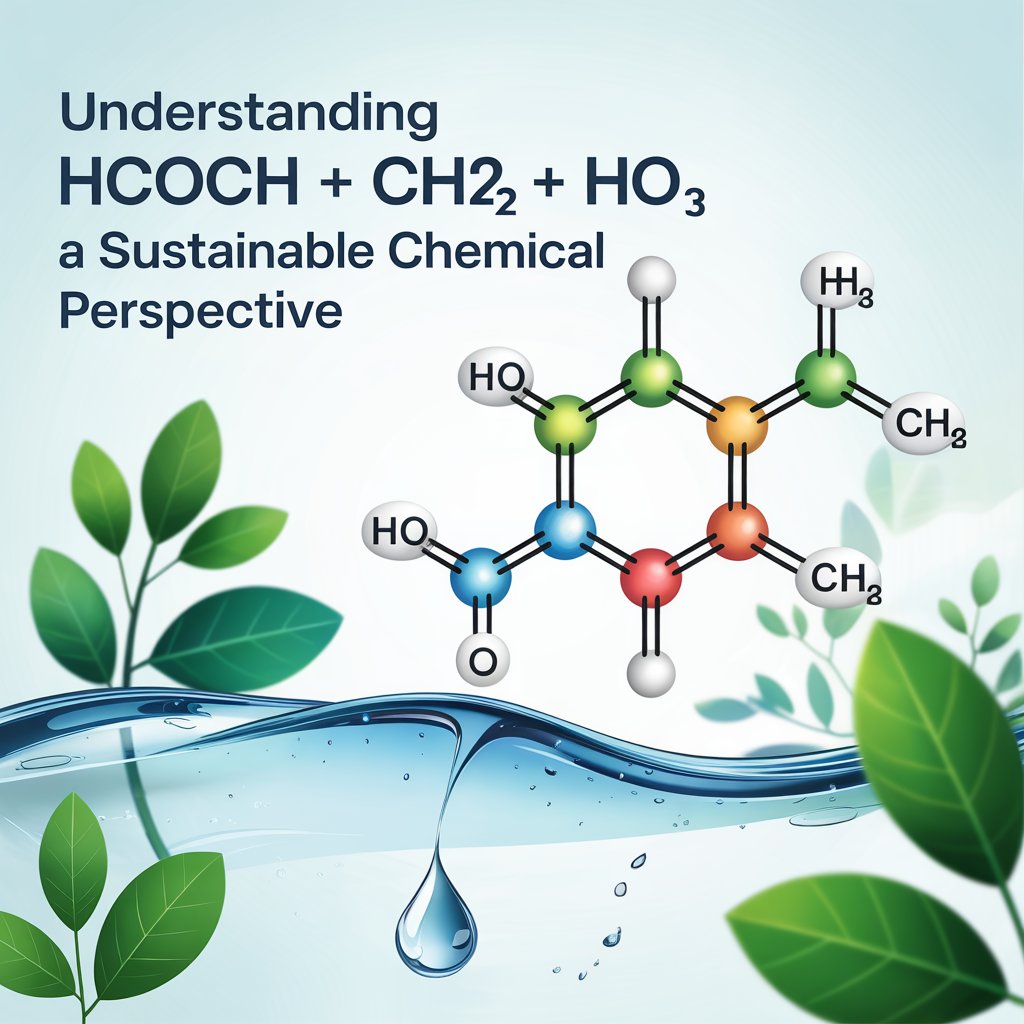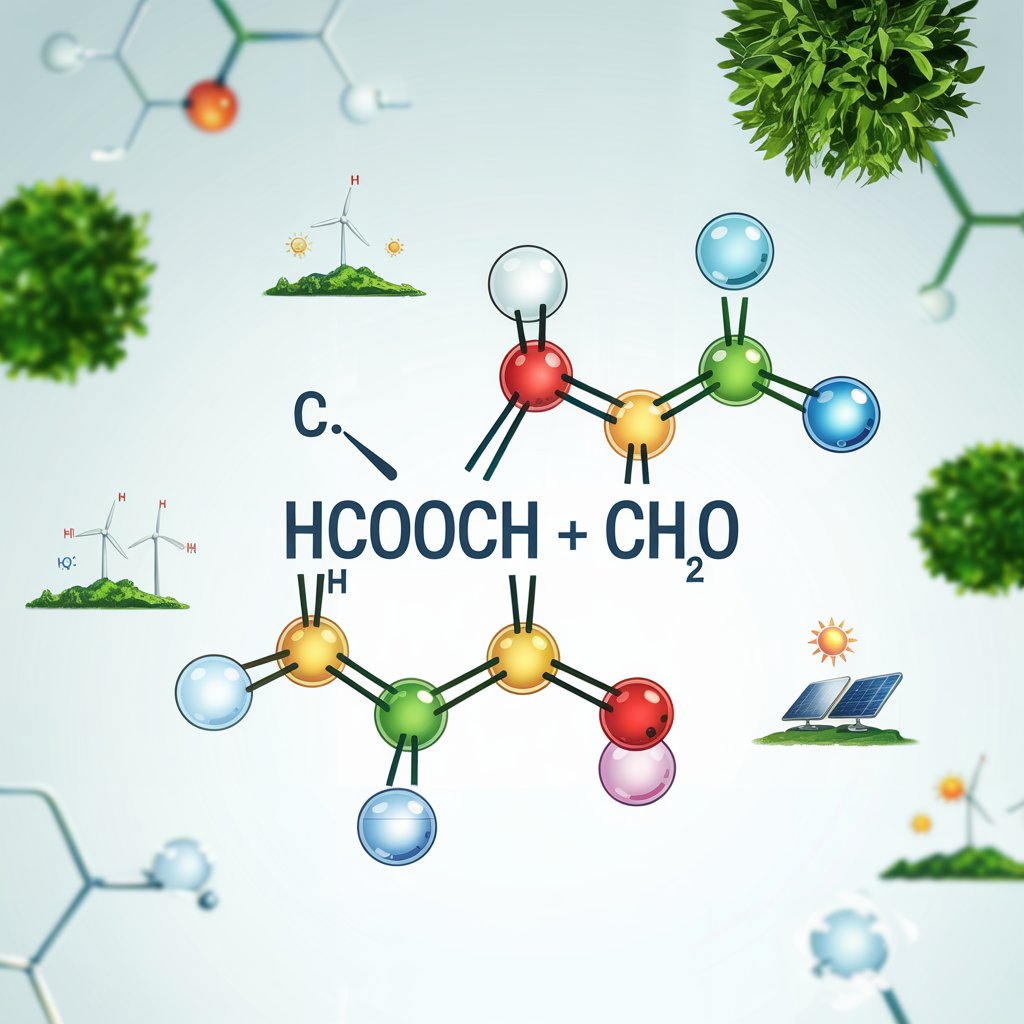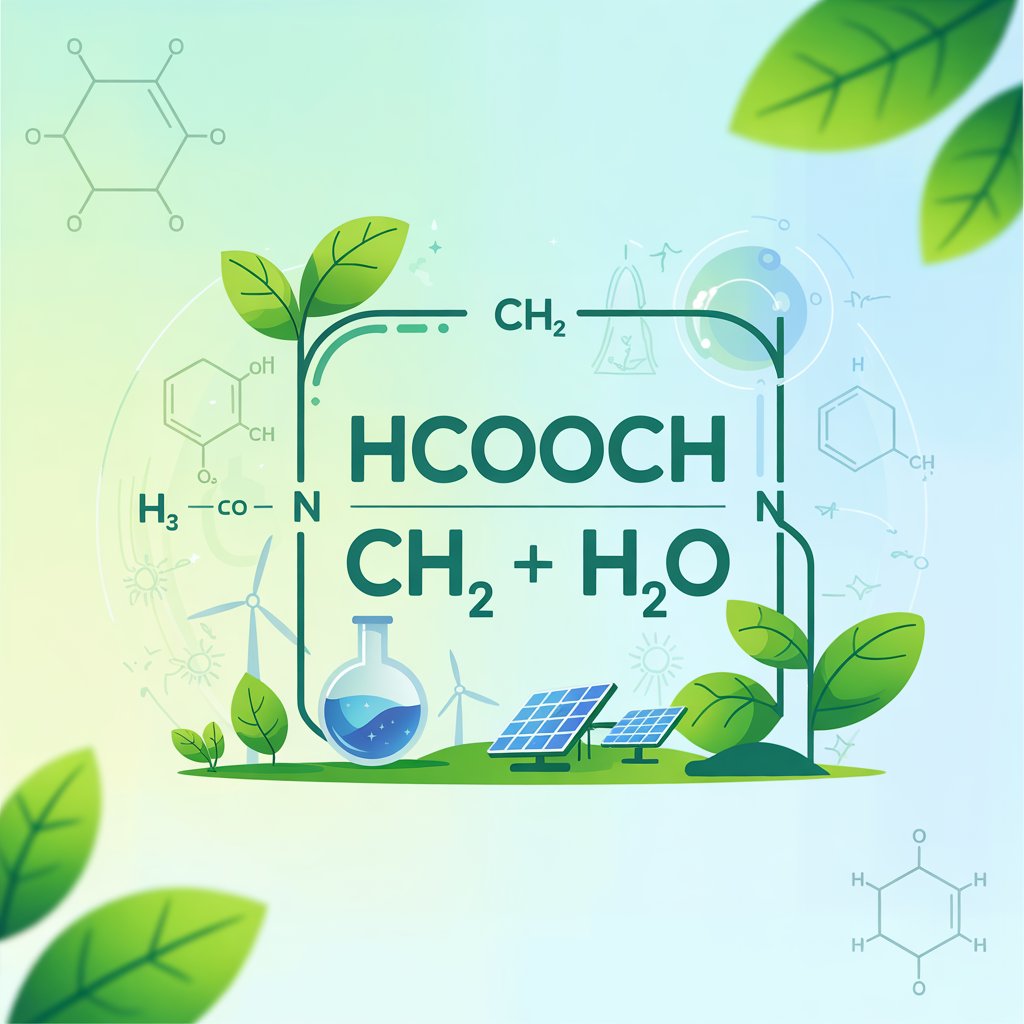Introduction to HCOOCH + CH2 + H2O
When it comes to eco-friendly chemical interactions, HCOOCH + CH2 + H2O presents an interesting and often overlooked area. At first glance, this combination might seem like just another set of chemical components. But when examined closely, it reveals a powerful interaction with both practical applications and sustainable implications. What makes this mixture valuable is not just the chemistry behind it, but also its role in promoting environmentally conscious practices in industrial and academic settings.
Table of Contents
What is HCOOCH?
HCOOCH, or methyl formate, is an organic ester formed from formic acid and methanol. It appears as a colorless, highly flammable liquid with a pleasant odor. Known for its solvent properties, HCOOCH is frequently used in adhesives, coatings, and perfumes. Most importantly, it serves as an intermediate in many chemical syntheses.
But what truly elevates its value is its relatively low environmental footprint. Methyl formate biodegrades quickly and does not persist in the environment. This makes it a strong candidate for green chemistry solutions.

Understanding CH2: The Role of Methylene
CH2, also known as the methylene group, is a fundamental building block in organic chemistry. This group features prominently in hydrocarbons and is often involved in polymerization reactions. While CH2 does not exist in isolation under standard conditions, its influence is profound in reactive intermediates.
In the context of HCOOCH + CH2 + H2O, the presence of CH2 can lead to a chain propagation mechanism or play a vital part in structural reformation. Such chemistry allows the formation of useful by-products without producing hazardous waste.
The Function of H2O in the Reaction
Water (H2O) might seem like a passive participant in chemical equations, but it often plays a far more dynamic role. In the combination HCOOCH + CH2 + H2O, water acts as both a solvent and a reactant. Its involvement facilitates hydrolysis, a reaction that breaks ester bonds and can lead to environmentally safe end-products.
Water-based reactions are central to eco-friendly chemistry. They reduce dependency on toxic solvents and encourage natural catalytic behavior. In this reaction set, H2O contributes to the sustainable nature of the overall process.

How Does HCOOCH + CH2 + H2O React?
In the presence of proper conditions, HCOOCH + CH2 + H2O can lead to the formation of various useful compounds. Methyl formate may undergo hydrolysis due to the presence of water, resulting in formic acid and methanol. Meanwhile, methylene (CH2) may interact with these products or initiate polymer formation.
The key reaction steps include:
- Hydrolysis of methyl formate into formic acid and methanol.
- Interaction of CH2 with formic acid or methanol, possibly leading to more complex organic structures.
- Formation of biodegradable and eco-safe end-products.
This mechanism shows how a simple mixture can achieve functional transformations without harming the environment.
Eco-Friendly Implications
What sets HCOOCH + CH2 + H2O apart is its alignment with green chemistry principles. Every component involved either breaks down harmlessly or contributes to a non-toxic pathway. There’s no need for harsh solvents or extreme reaction conditions.
In industries looking for sustainable chemical routes, this combination offers a viable alternative. It supports low-energy reactions, creates minimal waste, and uses water as a natural medium. From an environmental perspective, this trio is not only efficient but also responsible.
Is HCOOCH + CH2 + H2O Safe?
Safety is a valid concern in any chemical setup. Individually, methyl formate is flammable but manageable under controlled conditions. Methylene does not exist freely, and when present in reactions, it’s typically well-contained. Water, naturally, adds a layer of safety by diluting reactive components.
When handled appropriately, the reaction between HCOOCH + CH2 + H2O poses no undue risk. The formation of non-toxic by-products and the ability to carry out reactions in aqueous conditions contribute to a safe laboratory or industrial environment.
Where Can This Reaction Be Used?
Applications of HCOOCH + CH2 + H2O span several industries:
- Pharmaceuticals: For synthesis of biodegradable carriers.
- Agriculture: In developing non-toxic pesticides or solvents.
- Packaging: As part of the development of compostable plastics.
- Energy: In potential biofuel research or clean-burning additive development.
The eco-friendly attributes make this combination ideal for modern industries aiming to meet environmental regulations without compromising performance.

Is This Reaction Efficient?
Efficiency matters in chemistry, and this reaction delivers. The use of methyl formate, a compound that already comes from renewable sources, keeps the carbon footprint low. Water, being universal and non-toxic, reduces the need for expensive purification.
Moreover, methylene reactions often proceed quickly under mild conditions, improving the overall yield. When combined thoughtfully, HCOOCH + CH2 + H2O creates a system that is not just reactive, but also purposeful and practical.
Could This Be Scaled Industrially?
Scalability depends on cost, availability, and environmental compliance. All three components of this reaction are accessible and inexpensive. The by-products are either recyclable or biodegradable. That’s why companies aiming for carbon-neutral operations can consider this reaction as part of a larger sustainable framework.
Several chemical manufacturers already utilize methyl formate for its clean-burning characteristics. Adding CH2 and H2O to the mix can lead to innovative solutions, especially in materials science and waste-free processing.
Final Thoughts: Is HCOOCH + CH2 + H2O Worth Exploring?
Yes—this reaction is not only scientifically fascinating but also timely. In a world shifting toward clean energy and zero-waste solutions, the chemistry behind HCOOCH + CH2 + H2O deserves deeper exploration. Every component in this mix plays a unique and positive role. It aligns with modern standards of safety, sustainability, and performance.
By choosing chemical pathways like this, industries and researchers contribute to a healthier planet. Whether you’re looking for a safe laboratory reaction or an industrial process that meets green standards, this trio offers a compelling solution.


